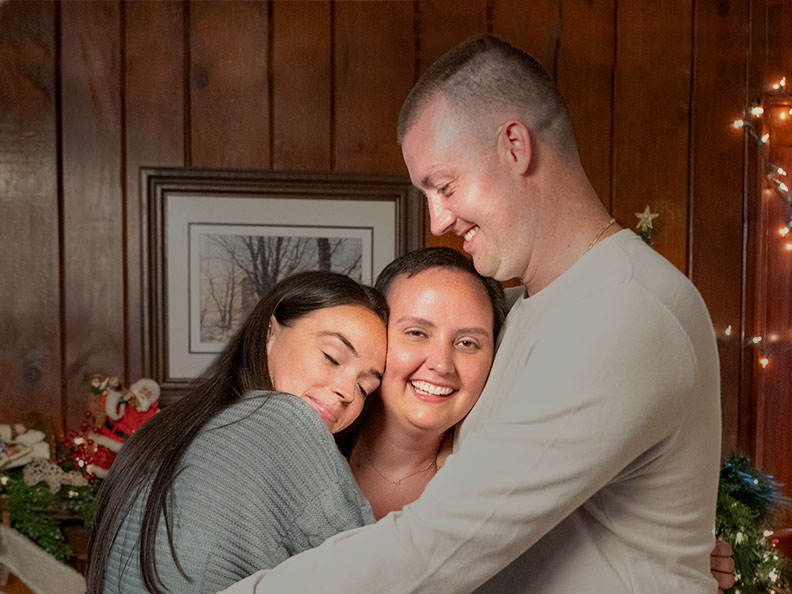Your gift is 100% tax deductible
Digestive System
The digestive system takes nutrients from food, turns them into energy for the body, and gets rid of undigested food and waste. It is also called the gastrointestinal or GI system.
This image is looking at the human body from the front.
Organs and structures in the digestive system include the:
- Esophagus
- Stomach
- Liver
- Pancreas
- Bile ducts and gall bladder
- Small intestine and appendix
- Colon and rectum
The esophagus is a hollow, muscular tube that connects the throat to the stomach. It lies behind the trachea (windpipe) and in front of the spine. When you swallow, food and liquids travel through the inside of the esophagus to reach the stomach.
The stomach is a sac-like organ located in the upper part of the abdomen (belly). It starts to digest food by secreting gastric juice which mixes with food and then is emptied into the first part of the small intestine.
The liver lies under your right ribs just beneath your right lung. It has two lobes (sections).
The liver performs many important functions, such aiding in digestion, blood clotting and breaking down alcohol, drugs, and toxic wastes in the blood, which then pass from the body through urine and stool.
The pancreas sits behind the stomach. Most of the pancreas is made up of exocrine cells which make pancreatic enzymes that help digest foods (especially fats). The rest of the pancreas is made up of endocrine cells which make important hormones like insulin and glucagon (which help control blood sugar levels).
The bile ducts are thin tubes that go from the liver to the small intestine. They allow bile to go from the liver and gallbladder into the small intestine to help digest food.
The gallbladder is a small, pear-shaped organ under the liver behind the right lower ribs which stores bile until needed to digest food.
The small intestine is the longest section of the GI tract and takes up much of the abdomen (belly). It is broken down into 3 parts: the duodenum, jejunum, and ileum. The small intestine continues breaking down the food from the stomach and absorbs most of the nutrients. The end of the small intestine (ileum) empties into the large intestine.
The appendix is found where the small and the large intestines connect.
The colon and rectum make up the large intestine (or large bowel) and are in the abdomen (belly) and pelvis. The colon is made up of the ascending colon, transverse colon, descending colon and sigmoid colon. The colon absorbs water and salt from the remaining food matter after it goes through the small intestine (small bowel). The waste matter that's left after going through the colon goes into the rectum, where it’s stored until it passes through the anus.
- Written by

The American Cancer Society medical and editorial content team
Our team is made up of doctors and oncology certified nurses with deep knowledge of cancer care as well as editors and translators with extensive experience in medical writing.
Last Revised: December 22, 2025
American Cancer Society medical information is copyrighted material. For reprint requests, please see our Content Usage Policy.
American Cancer Society Emails
Sign up to stay up-to-date with news, valuable information, and ways to get involved with the American Cancer Society.



